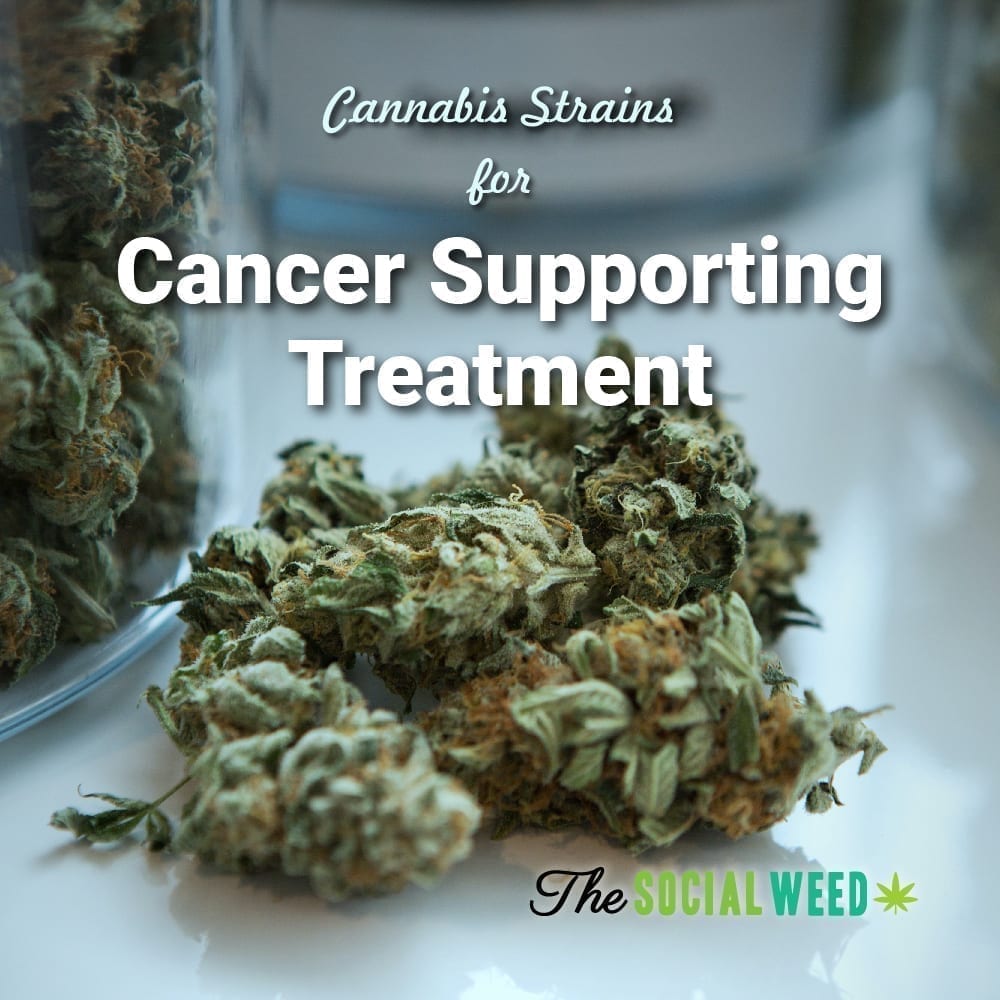
The West Coast has always been synonymous with cannabis. To the music and artist that embrace it and to the everyday people who consume for a multitude of reasons. It has secured a spot as a natural part of the region’s lifestyle and it seems to be only picking up from here. California positioned itself as one of the biggest advocates as it dominated its medical market for more than 10 years. Nevada hadn’t grown the same relationship over time but, what it was lacking there it made up for in passions. The state continues to exceed expectations despite its experience in the field. The two states joined Oregon and Washington state allowing recreational-use in 2016 and the decision has primed the west coast to be the new Amsterdam.
Now, a full year since sales began in Nevada, 6 months for California, let’s look at the ways things have changed for both states.
The state of California remains the home of the majority of consumers in the U.S. and that doesn’t seem to be changing anytime soon. As mentioned before, California nearly perfected their medical market but, as they transition into recreational sales, things didn’t go off without a hitch. High taxes, strict regulations, and the sheer size of the illegal cannabis market in the state made it difficult for law-abiding businesses to flourish. The state has cracked down on illicit shops and sellers but, in an area where cannabis is so common, it’s difficult to stomp out the issue. As they met their 6-month mark, regulation changes took effect making it more difficult for these struggling shops. The United Cannabis Business Association urged the state to not further push regulations, possible causing many shops to shut down under the pressure. The letter stressed that “forcing the industry into compliance…will further cripple the already struggling regulated market.”
Though the state had a vast amount of experience in the particular subject, the lack of consequences for illegal shops in the previous years, hindered them in the long-run.
Nevada, on the other hand, had things a bit easier. The state was still been faced with some problems but, for the most part, they’ve exceeded expectations at almost every turn. Las Vegas Medical Marijuana Association vice president, Jim Lamb agrees, stating “a lack of drama during the first year of recreational sales is the biggest victory for the local industry. Nevada also operated in a medical-only market for nearly a decade, the only difference being their lack of a shop to legally buy products.
Nevada Senator, Tick Segerblom, was one of the main causes for dispensaries when he pushed for regulations for the sale of cannabis in 2013. After voting recreational-cannabis into effect, stores did run into some hiccups before things went smoothly. A limited number of distributors forced shops to stock-pile products, anticipating the day of legal sale. The lapse in time forced businesses to wait at least two weeks to restock product, in turn causing a state-of-emergency as the stock didn’t last as long as many originally believed. Legislation initially issued alcohol distributors 18-month exclusive rights to distribution for the industry. The overwhelming interest in cannabis led to the rights to distribution being opened up after the state-of-emergency occurred. Despite the obstacles distribution faced, they were a result of an advantage.
The state Department of Taxation projected that first-year cannabis sales would be around $265 million, generating about $50 million in tax revenue. The first 10-months operating in a recreational field, cannabis sales were roughly $340 million, generating $55 million in taxes. Over the course of the year, we achieved 110% of projected sales.
“It has gotten off the ground quicker than what we thought,” said Bill Anderson, executive director of the tax department.
The only constant issue among consumers, aside from a public place to consume in the tourist state, is where that tax revenue is going. Cannabis was made legal for adult-use with the claim that the tax funds would benefit the schools in the state. The money has ended up in the state’s rainy day fund instead. The first check of supplement funds is set to be sent out but, with teachers striking and running classrooms on the bare-minimum, many wonder what the delay was.
Both states still struggle to overcome the stigma attached to the industry but, the growing acceptance has helped the situation vastly. As we’ve discussed before, we have a long way to go before legalization will breed a safer and easier environment but, to have the entire west coast recreational is a triumph within itself. It’s a triumph that wasn’t easy or simple but, we must acknowledge the strides that the community has made so far.
As time goes one, Las Vegas being the tourist capital of the west coast must find a balance with social-use and compliance. California, particularly Los Angeles, has to get its illicit dispensary problem under control. They aren’t easy tasks to complete but they are necessary nonetheless. To help make this happen, the community needs to once again help the states. Educate others on reasons to avoid illicit shops, regardless of price. Educate others on why a safe-smoking environment is essential to keeping crime down. Sharing information on how to correct these problems for everyone is the only way to thrive. Many legislatures have none or very little understanding of cannabis. This leaves it to us to show a different side of the industry that doesn’t wish to remain in the grey area of legality. Education has always been the key to address cannabis’ prohibition and it will continue to be a pillar of the community even after.
Written by: Joycelin Arnold





